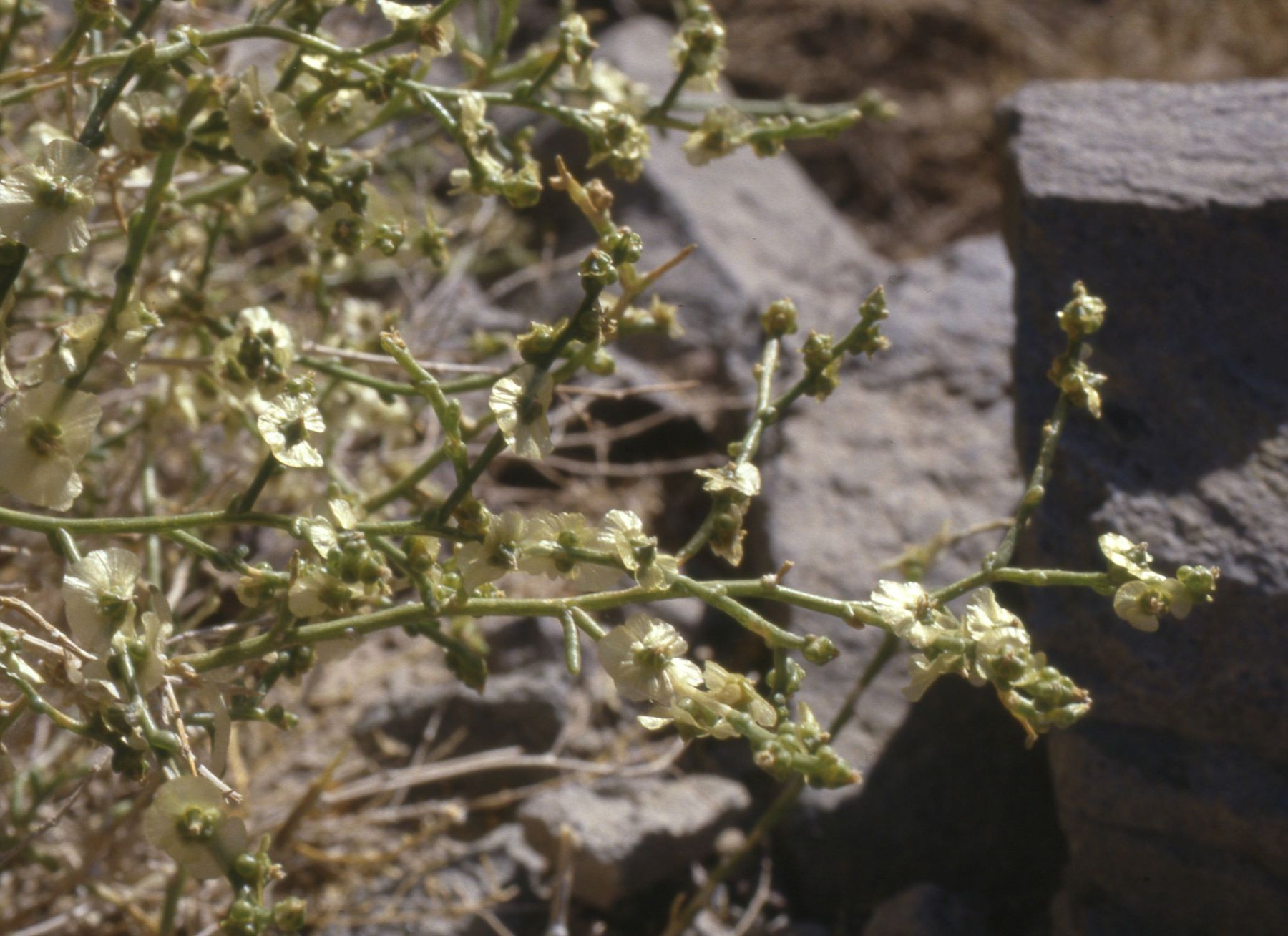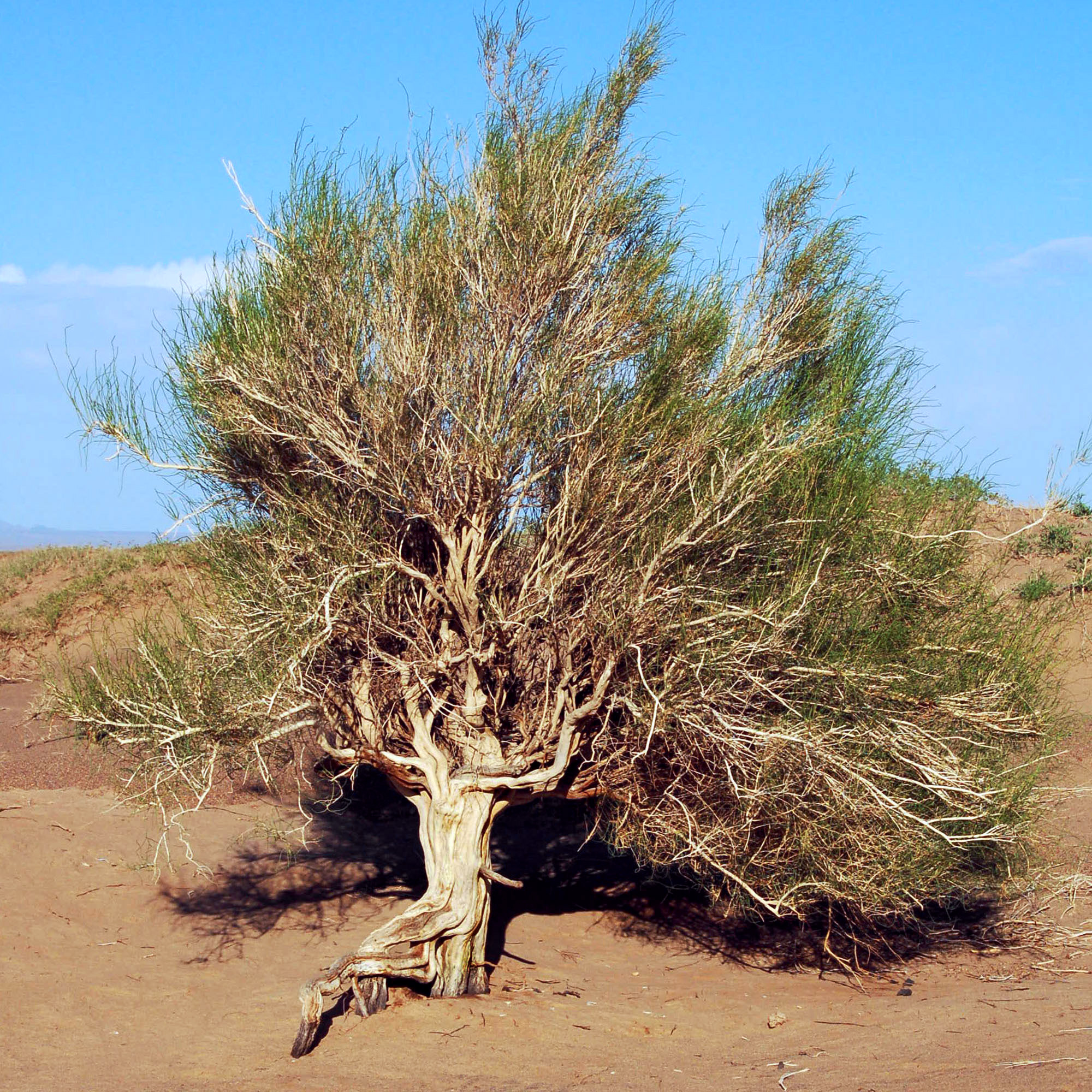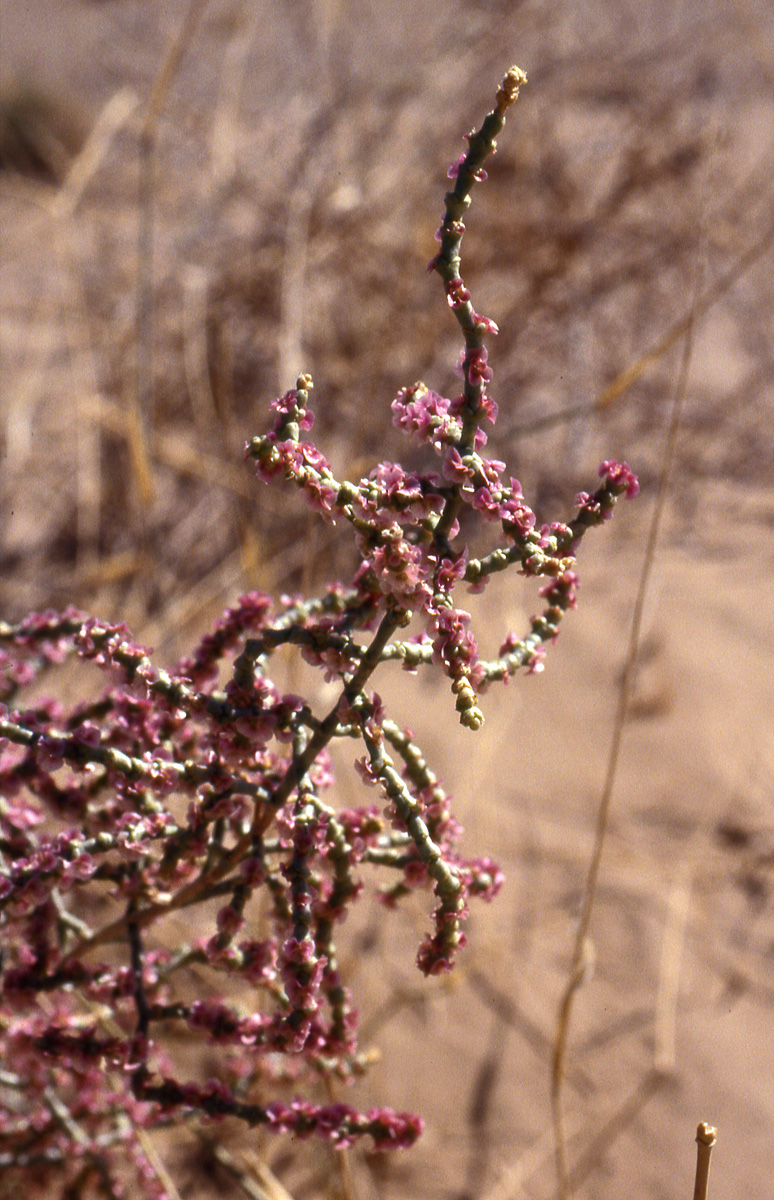Salsoloideae on:
[Wikipedia]
[Google]
[Amazon]
The Salsoloideae are a subfamily of the





 The type genus of subfamily Salsoloideae is '' Salsola'' L. According to recent research, the former classification did not reflect the phylogenetic relationship, so that the subfamily had to be reclassified; it is now split in two
The type genus of subfamily Salsoloideae is '' Salsola'' L. According to recent research, the former classification did not reflect the phylogenetic relationship, so that the subfamily had to be reclassified; it is now split in two
Amaranthaceae
Amaranthaceae is a family of flowering plants commonly known as the amaranth family, in reference to its type genus ''Amaranthus''. It includes the former goosefoot family Chenopodiaceae and contains about 165 genera and 2,040 species, making i ...
, formerly in family Chenopodiaceae.
Description
These areherb
In general use, herbs are a widely distributed and widespread group of plants, excluding vegetables and other plants consumed for macronutrients, with savory or aromatic properties that are used for flavoring and garnishing food, for medicina ...
s, subshrubs, shrub
A shrub (often also called a bush) is a small-to-medium-sized perennial woody plant. Unlike herbaceous plants, shrubs have persistent woody stems above the ground. Shrubs can be either deciduous or evergreen. They are distinguished from tree ...
s and some tree
In botany, a tree is a perennial plant with an elongated stem, or trunk, usually supporting branches and leaves. In some usages, the definition of a tree may be narrower, including only woody plants with secondary growth, plants that are ...
s. Stems and leaves are often succulent
In botany, succulent plants, also known as succulents, are plants with parts that are thickened, fleshy, and engorged, usually to retain water in arid climates or soil conditions. The word ''succulent'' comes from the Latin word ''sucus'', meani ...
. The ovary contains a spiral embryo. In most genera, scarious wings develop at the outside of the fruiting perianth, allowing for dispersal by the wind ( anemochory).
In tribe Caroxyleae, the stamens have vesiculose anther appendages, discolor with anthers, that probably play a role for insect pollination. In tribe Salsoleae the anther appendages are absent or small and inconspicuous.
Distribution
The area with most species (center of diversity
A center of origin is a geographical area where a group of organisms, either domesticated or wild, first developed its distinctive properties. They are also considered centers of diversity. Centers of origin were first identified in 1924 by Ni ...
) are the deserts and semideserts of Central-Asia and the Middle East. Distribution of the subfamily extends to the Mediterranean, to Middle-Europe, north and south Africa, and Australia, some species have also been introduced to America. Many species grow in dry habitats (xerophyte
A xerophyte (from Ancient Greek language, Greek ξηρός ''xeros'' 'dry' + φυτόν ''phuton'' 'plant') is a species of plant that has adaptations to survive in an environment with little liquid water, such as a desert such as the Sahara or pl ...
s) or tolerate salty soils (halophyte
A halophyte is a salt-tolerant plant that grows in soil or waters of high salinity, coming into contact with saline water through its roots or by salt spray, such as in saline semi-deserts, mangrove swamps, marshes and sloughs and seashores. Th ...
s), some are ruderals.
Photosynthesis pathway
Salsoloideae are plants (with a few exceptions in tribe Salsoleae). Tribe Caroxyleae is exclusively of theNAD-malic enzyme
Malate dehydrogenase (decarboxylating) () or NAD-malic enzyme (NAD-ME) is an enzyme that catalyzes the chemical reaction
:(S)-malate + NAD+ \rightleftharpoons pyruvate + CO2 + NADH
Thus, the two substrates of this enzyme are (S)-malate and NAD ...
subtype. Most Salsoleae also use the NADP-malic enzyme.
Taxonomy




 The type genus of subfamily Salsoloideae is '' Salsola'' L. According to recent research, the former classification did not reflect the phylogenetic relationship, so that the subfamily had to be reclassified; it is now split in two
The type genus of subfamily Salsoloideae is '' Salsola'' L. According to recent research, the former classification did not reflect the phylogenetic relationship, so that the subfamily had to be reclassified; it is now split in two tribes
The term tribe is used in many different contexts to refer to a category of human social group. The predominant worldwide usage of the term in English is in the discipline of anthropology. This definition is contested, in part due to confli ...
, Caroxyleae and Salsoleae (in the strict sense). The tribe Camphorosmeae is now treated in its own subfamily, Camphorosmoideae.
Caroxyleae
Caroxyleae Akhani & E. H. Roalson (as "Caroxyloneae") * ''Caroxylon
''Caroxylon'' is a genus of shrubby flowering plants in the family Amaranthaceae, found in drier areas of the Old World, including southern Africa, Madagascar, northern Africa, Mediterranean islands of Europe, the Canary Islands, Socotra, Ukraine ...
'' Thunb., with 43 species
* '' Climacoptera'' Botsch., with 41 species
* '' Halarchon'' Bunge, with one species
** ''Halarchon vesiculosum'' (Moq.) Bunge
* '' Halimocnemis'' C. A. Mey., with 27 species (Syn. ''Gamanthus'' Bunge, ''Halanthium'' C. Koch, ''Halotis'' Bunge)
* '' Halocharis'' Moq., with 7 species
* ''Kaviria
''Kaviria'' is a genus of flowering plants belonging to the family Amaranthaceae.
Its native range is Somalia to Arabian Peninsula
The Arabian Peninsula, (; ar, شِبْهُ الْجَزِيرَةِ الْعَرَبِيَّة, , "Arabian ...
'' Akhani & E. H. Roalson, with 10 species
* ''Nanophyton
''Nanophyton'' is a genus of flowering plants belonging to the family Amaranthaceae
Amaranthaceae is a family of flowering plants commonly known as the amaranth family, in reference to its type genus ''Amaranthus''. It includes the former goos ...
'' Less., with ca. 10 species
* '' Ofaiston'' Raf., with one species
** ''Ofaiston monandrum'' (Pall.) Moq.
* '' Petrosimonia'' Bunge, with 12 species
* '' Piptoptera'' Bunge, with one species
** ''Piptoptera turkestana'' Bunge
* '' Physandra'' Botsch., with one species
** ''Physandra halimocnemis'' (Botsch.) Botsch.
* '' Pyankovia'' Akhani & E. H. Roalson, with one species
** ''Pyankovia brachiata'' (Pall.) Akhani & E. H. RoalsonSalsoleae
* '' Anabasis'' L. ( incl. ''Fredolia'' (Coss. & Durieu ex Bunge) Ulbr.), with 29 species * '' Arthrophytum'' Schrenk, with 9 species * '' Cornulaca'' Delile, with 5 species * '' Cyathobasis'' Aellen, with one species: ** ''Cyathobasis fruticulosa'' (Bunge) Aellen * '' Girgensohnia'' Bunge ex Fenzl, with 4 species * '' Halogeton'' C. A. Mey, with 5 species. (Syn. ''Agathophora'' (Fenzl) Bunge, ''Micropeplis'' Bunge) * '' Halothamnus'' Jaub. & Spach, with 21 species * ''Haloxylon
''Haloxylon'' is a genus of shrubs or small trees, belonging to the plant family Amaranthaceae. ''Haloxylon'' and its species are known by the common name saxaul.
According to Dmitry Ushakov, the name borrowed from the Kazakh "seksevil". In moder ...
'' Bunge, with 2 species
** '' Haloxylon ammodendron''
** '' Haloxylon persicum''
* ''Hammada
A hamada ( ar, حمادة, ) is a type of desert landscape consisting of high, largely barren, hard rocky plateaus, where most of the sand has been removed by deflation. The majority of the Sahara is in fact hamada. Other examples are Negev dese ...
'' Iljin, with 12 species
* '' Horaninowia'' Fisch. & C. A. Mey, with 6 species
* ''Kali
Kali (; sa, काली, ), also referred to as Mahakali, Bhadrakali, and Kalika ( sa, कालिका), is a Hindu goddess who is considered to be the goddess of ultimate power, time, destruction and change in Shaktism. In this tra ...
'' Mill., with 13 species:
** ''Kali turgidum
''Kali turgidum'' (synonym ''Salsola kali'' subsp. ''kali''), commonly known as prickly saltwort or prickly glasswort, is an annual plant that grows in salty sandy coastal soils.
Its distributional range is in Europe along the shores of Baltic ...
'' Moench (Syn. ''Salsola kali'' subsp. ''kali'')
** '' Kali tragus'' (L.) Scop. (Syn. ''Salsola kali'' subsp. ''tragus'')
* '' Lagenantha'' Chiov. (Syn.: Gyroptera Botsch.) Classification not sure. With 1-3 species.
* '' Noaea'' Moq., with 3 species
* '' Nucularia'' Batt., Classification not sure. With one species:
** ''Nucularia perrini'' Batt.
* '' Rhaphidophyton'' Iljin, with one species
** ''Rhaphidophyton regelii'' (Bunge) Iljin
* '' Salsola'' L., with 25 species. (Syn. ''Darneilla'' Maire & Weiller, ''Fadenia'' Aellen & Townsend, ''Neocaspia'' Tzvelev, ''Hypocylix'' Wol.)
* '' Seidlitzia'' Bunge ex Boiss.
* '' Sympegma'' Bunge
* '' Traganum'' Del., with 2 species
* '' Traganopsis'' Maire et Wilczek, with one species
** ''Traganopsis glomerata'' Maire & Wilczek
* ''Turania
Turania is a '' comune'' (municipality) in the Province of Rieti in the Italian region Latium, located about northeast of Rome and about southeast of Rieti.
Turania borders the following municipalities: Carsoli, Collalto Sabino, Collegiove, Poz ...
'' Akhani & E. H. Roalson, with 4 species
* '' Xylosalsola'' Tzvelev, with 4 species
* Classification within Salsoleae unclear:
** "Canarosalsola"-Clade:
*** '' Salsola divaricata'' Masson ex Link.
** "Collinosalsola"-Clade:
*** ''Salsola arbusculiformis
''Salsola'' is a genus of the subfamily Salsoloideae in the family Amaranthaceae. The genus ''sensu stricto'' is distributed in central and southwestern Asia, North Africa, and the Mediterranean. A common name of various members of this genus an ...
'' Drob.
*** '' Salsola laricifolia'' Turcz. ex Litw.
** "Oreosalsola"-Clade:
*** '' Salsola abrotanoides'' Bunge
*** '' Salsola botschantzevii'' Kurbanov
*** '' Salsola flexuosa'' Botsch.
*** '' Salsola junatovii'' Botsch.
*** '' Salsola lipschitzii'' Botsch.
*** '' Salsola maracandica'' Iljin
*** '' Salsola masenderanica'' Botsch.
*** '' Salsola montana'' Litw.
*** '' Salsola oreophila'' Botsch.
*** '' Salsola tianschanica'' Botsch.
** Others:
*** ''Salsola genistoides
''Salsola'' is a genus of the subfamily Salsoloideae in the family Amaranthaceae. The genus ''sensu stricto'' is distributed in central and southwestern Asia, North Africa, and the Mediterranean. A common name of various members of this genus an ...
'' Juss. ex Poir.
*** '' Salsola pachyphylla'' Botsch.
*** '' Salsola webbii'' Moq.
Classification in subfamily not sure
* '' Iljinia'' Korovin, with one species: ** ''Iljinia regelii'' (Bunge) KorovinReferences
External links
{{Taxonbar, from=Q136782 Amaranthaceae Caryophyllales subfamilies